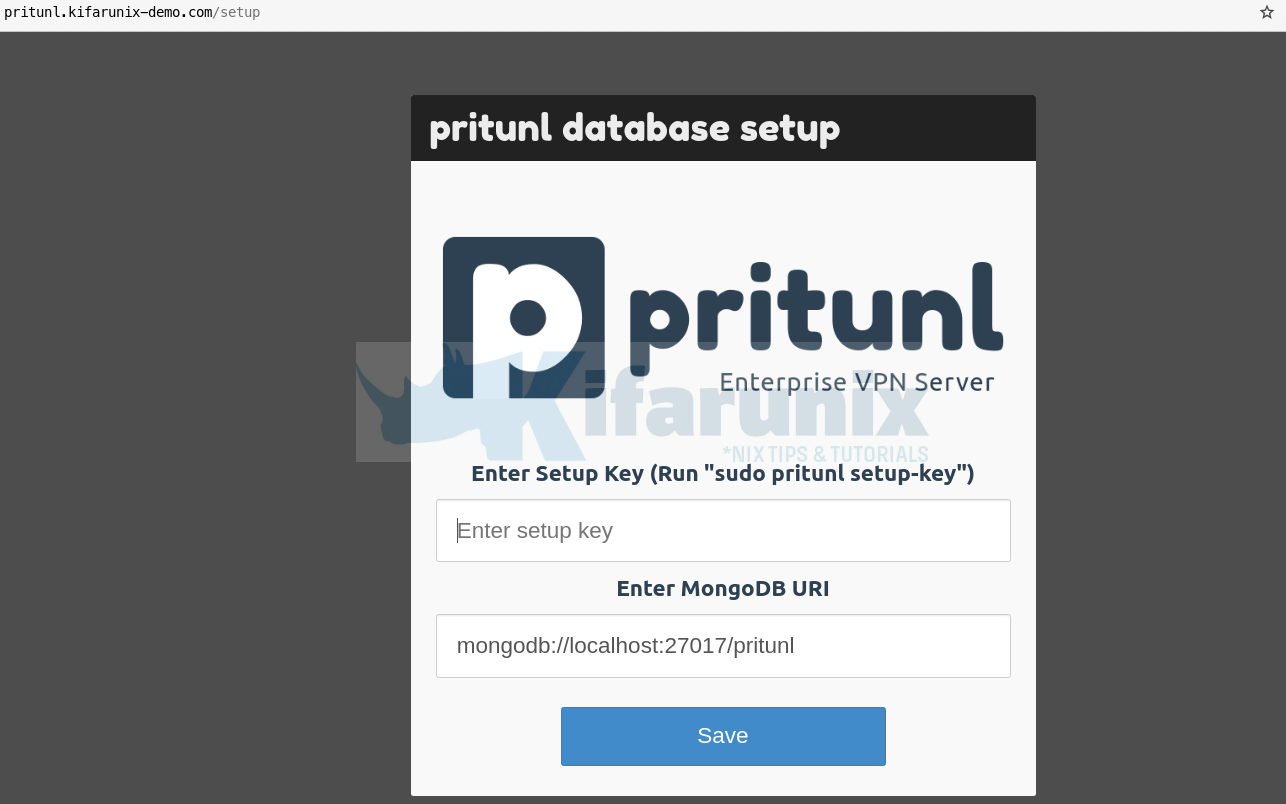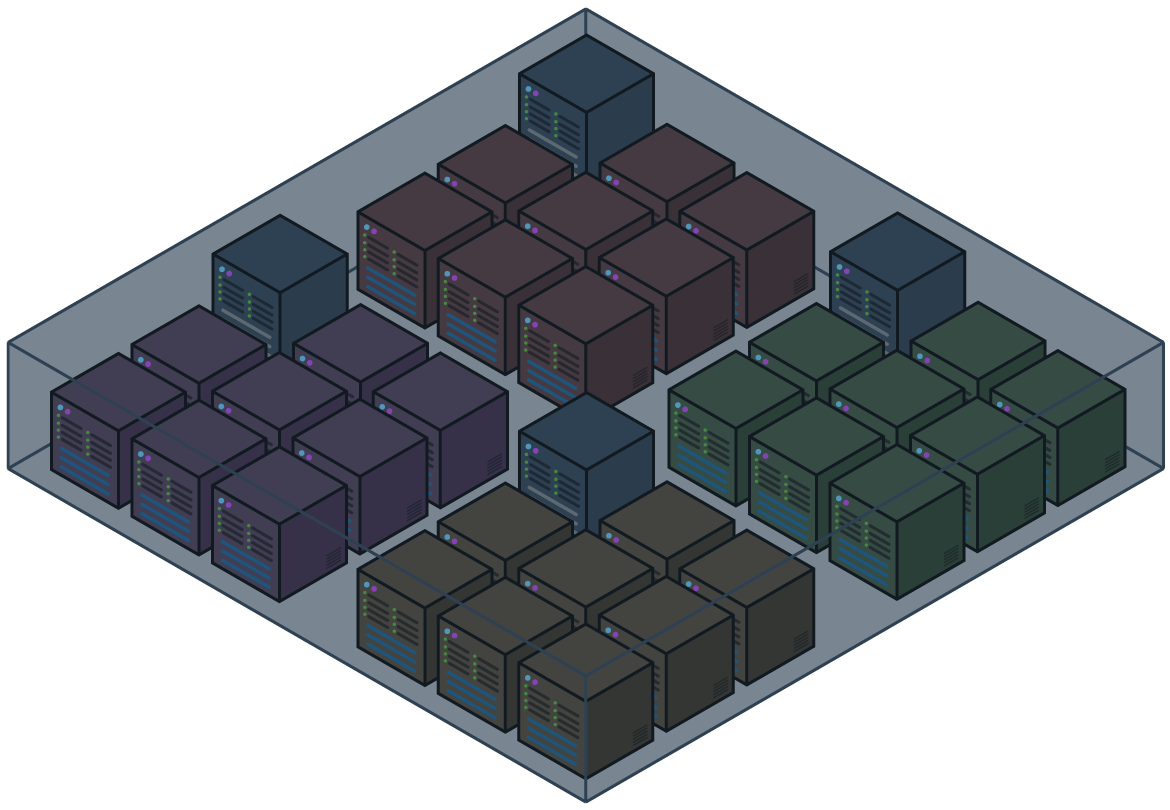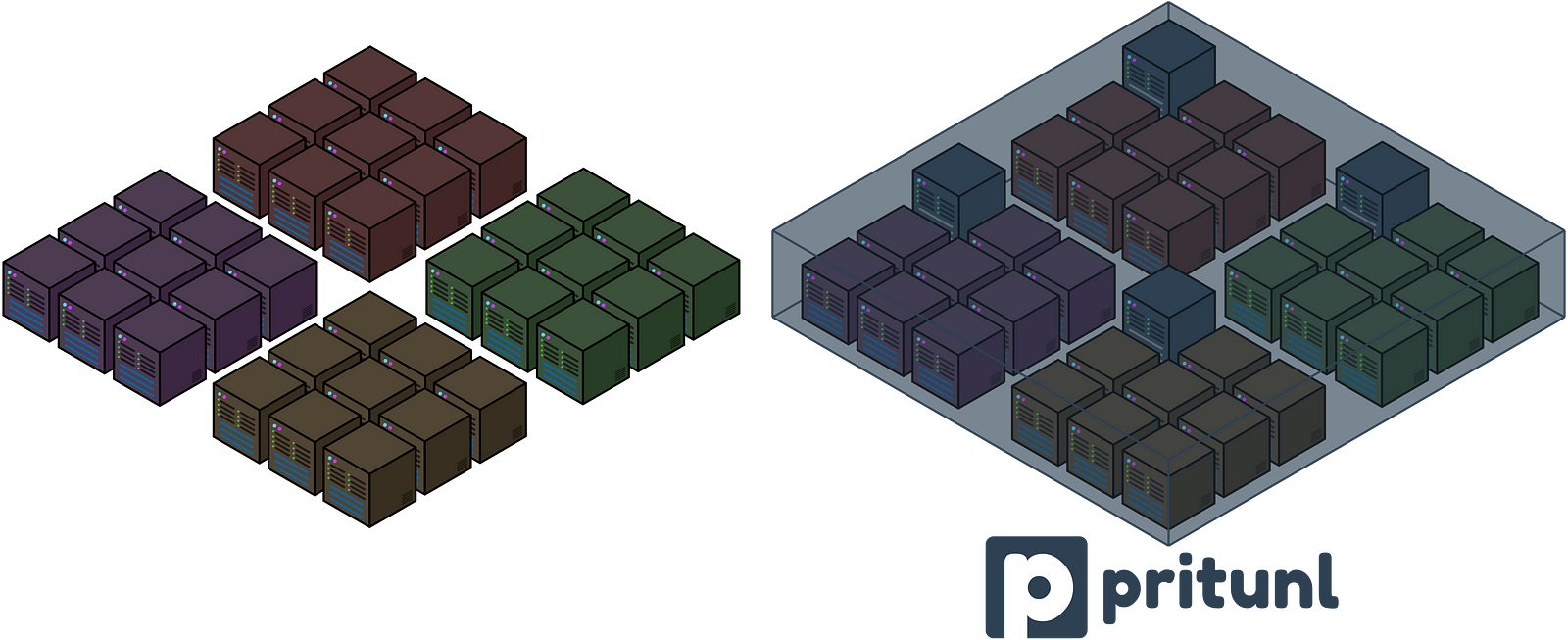
"dev-latest") from the start (which doesn't fit well with ARM deployments since the containers need to exist in the Registry before the Web Apps can be configured so my infrastructure automation is incomplete), enable "Continuous Deployment" in the Web Apps and then tag the latest pushed repositories accordingly in the release so they would be picked up by Web Apps. The tags stay the same.Īnother option I considered was to configure all Web Apps to specific and permanent repositories and tags (e.g. I even tried to manually configure the Web Apps first with specific repositories and tags, and then tried to change the tags used by the Web Apps with the release (with the tasks I mentioned) but it didn't work. Ideally, I would be able to set the Web App to use the repository and tag in Azure Container Registry that I specify in the release. I'm also deploying all Azure resources using ARM templates so I don't like the idea of configuring credentials when the 2 resources (the Registry and the Web App) are integrated already. Instead they take custom registry/repository names and set the image source in the Web App to Private Registry, which then requires login and password. Neither of these allow the image source for the Web App to be set to Azure Conntainer Registry. There are 2 relevant tasks available in Azure releases: "Azure App Service deploy" and "Azure Web App for Containers". In the release pipeline (which has DEV, TEST and PROD), I need to deploy those images to the Web Apps of each environment. In the build pipeline, I build the docker images and push them to an Azure Container Registry, tagged with the latest build number.
#Pritunl okta code
I'm used to deploying built code directly into Web Apps in Azure but decided to use docker this time.


I'm struggling to set up a CI process for a web application in Azure. Your only options is to manually write the template for the RDS and import it, or look for an external tools that could reverse-engineer yaml templates from existing resources. You have to write your own template which matches your resource exactly, before you can import any resource under control to CloudFormation stack. The truth is that it does not generate template files for you. Often people mistakenly think that this "generates yaml" for you from existing resources. Importing Existing Resources Into a Stack You select any supported AWS resources that are running in your account, and CloudFormer creates a template in an Amazon S3 bucket.Īlthough it sounds good, the tool is no longer maintained and its not reliable (for years in beta). However, you mean hear about two options that people could wrongfully recommend.ĬloudFormer is a template creation beta tool that creates an AWS CloudFormation template from existing AWS resources in your account. The customer support has been limited to Online there is no phone call service for customer support.Unfortunately, there is no such functionality provided by AWS. It doesn't have features to set static IP to the network. It doesn't have a mobile-based platform for managing networks it has only web-based. Another important feature I liked about PRITUNL is that it has two-step authentication, which is highly secure and easily integration with other platforms with REST API. The most likable feature of Pritunl is VPC peering which allows us to create multiple cloud site-to-site links with various platforms like Azure, AWS Oracle our team has been using this feature to link Azure Server and orcale server. The managing dashboard is also remarkable which allows us to manage multiple virtual networks of our organization. The web interface of Pritunl is user friendly and very easy to configure even for the complex network and tunneling.


Pritunl is one of the best open-source VPN servers available on the market. Comments: I found pritunl easy user friendly and easy to setup.


 0 kommentar(er)
0 kommentar(er)
